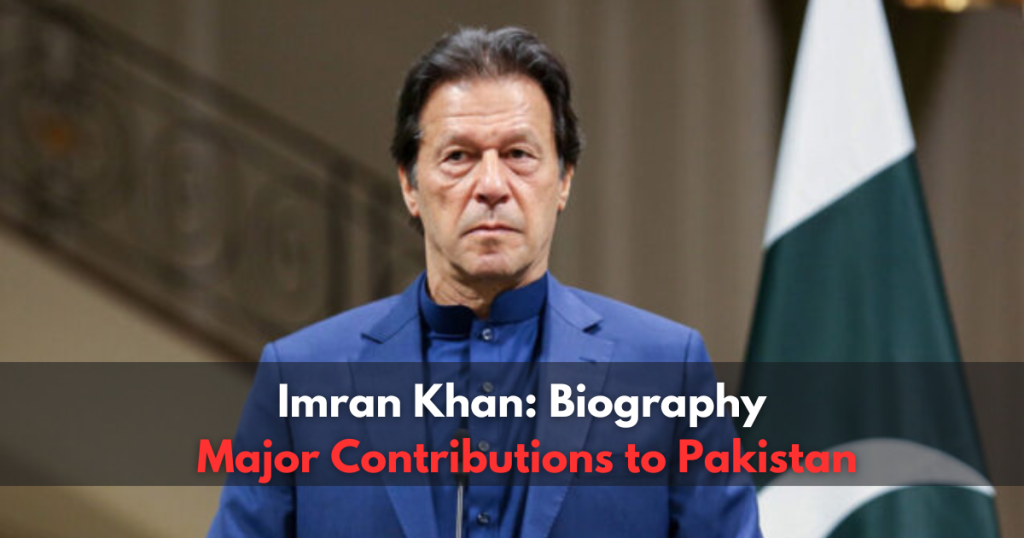1. Early Life and Education
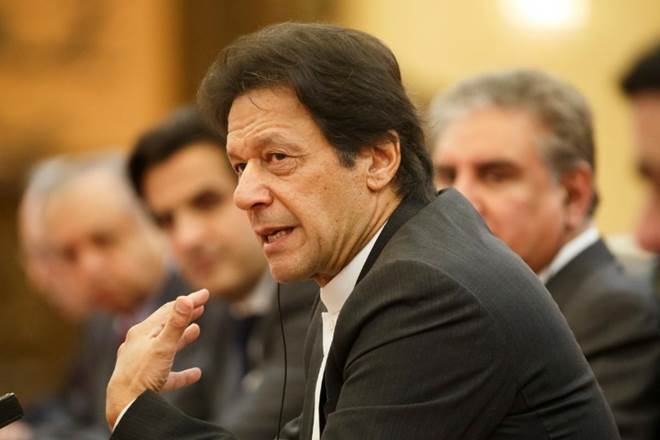
IMRAN KHAN, the Prime Minister of Pakistan, was born on October 5, 1952, in Lahore. His family, of Pashtun descent, has a sports background. He received a quality education. It saw him at some of the world’s top schools. They include Aitchison College, the Royal Grammar School, and Keble College, Oxford. There, he studied philosophy, politics, and economics.
His first cousins, Javed Burki and Majid Khan, were cricket captains. They helped him develop a passion for cricket that drove his brilliant career.
2. His cricketing career and the World Cup were HRESULT.
Imran Khan for cricket started his journey in 1971. By the early 1980s, he was on the Pakistani team. He became an international fast bowler and all-rounder, starting his captaincy in 1982.
His greatest contribution to cricket was in 1992. He captained Pakistan to its only World Cup win over England. This success made him a national icon and a top cricketer.
3. Philanthropy and the Shaukat Khanum Cancer Hospital

After quitting cricket, he began charity work. In 1994, he donated to the Shaukat Khanum Memorial Cancer Hospital & Research Centre. A free cancer hospital dedicated to his mother that serves most of Pakistan’s needy. It is now one of the country’s most popular hospitals.
In 2002, he also founded Namal University Mianwali. It aimed to provide low-cost education and skills training for Pakistani youth.
4. Experiences with the PTI and joining the party.
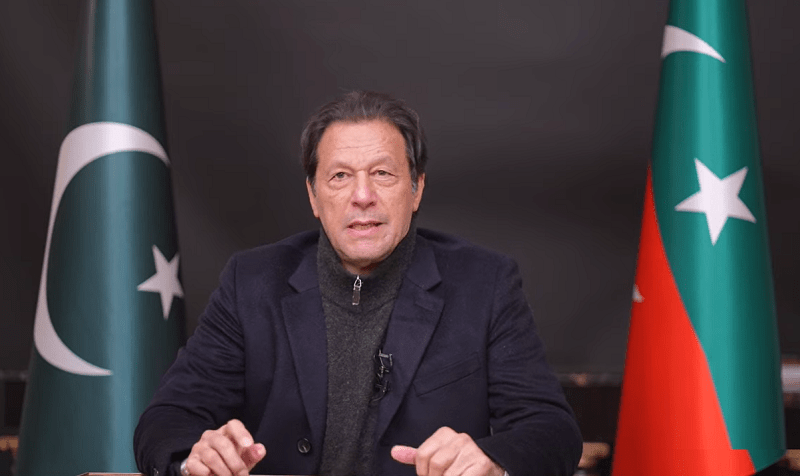
Imran Khan, a famous cricketer, founded his party, PTI, in 1996. He aimed to transform Pakistan into a center of power. At first, the party had few supporters. But, it gained popularity, especially among the youth and urban middle class. He has been selling an anti-corruption agenda against the Prime Minister.
PTI had major success in the 2013 elections. It began to challenge PML(N) and Mr. Nawaz Sharif. PTI then formed the KPK provincial government.
5. Prime Minister Journey (2018–2022)
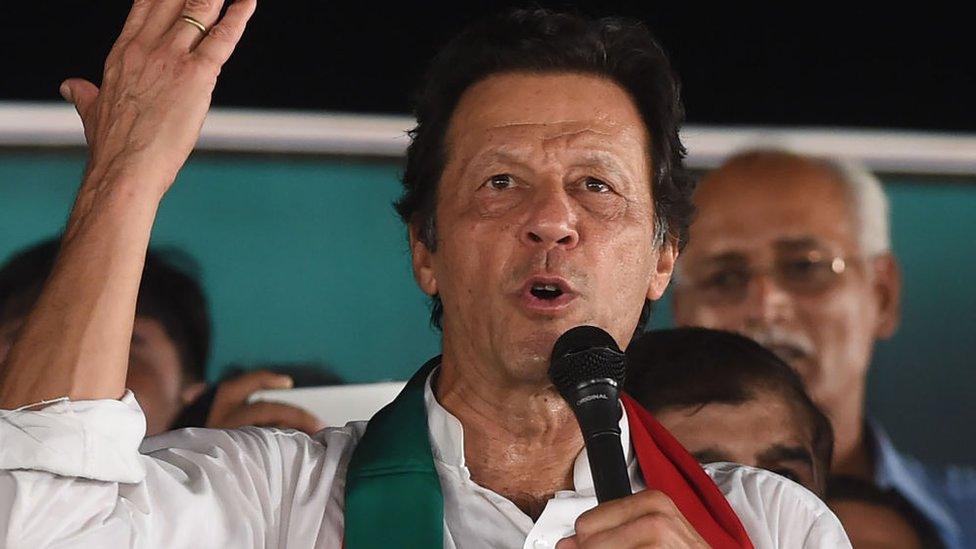
In the 2018 general elections, PTI won the most National Assembly seats. Khan formed a coalition government. He became Pakistan’s 22nd Prime Minister on August 18, 2018.
Khan’s leadership was marked by absolute socialism and revolutionary reforms. It also had fiscal discipline, economic liberalization, and poverty eradication, along with diplomacy.
6. Sources of Major Contributions and Achievements

Economic Reforms and Anti-Corruption Drive:
To fix Pakistan’s fiscal problems, Khan planned to borrow money. He sought aid from the global economy. He also asked for cuts in spending and aimed to reduce debt and started a war on corruption. It formed an Asset Recovery Unit to recover stolen money from public offices.
Ehsaas Program:
He started the Ehsaas Program to help low-income families. It aimed to meet the people’s spending demands. This was a lifeline for millions. When COVID-19 hit Pakistan, Ehsaas Emergency Cash became a cash transfer program.
Healthcare and Education:
Khan raised public healthcare and wanted more education reforms, including a uniform curriculum. He introduced a Social Health Insurance called the Sehat Sahulat Program. His vision was to provide health cards to every poor Pakistani family. These cards would allow them to be treated for free at private hospitals or clinics.
Environmental Initiatives – Billion Tree Tsunami: The Khan government saw climate change as a major threat to Pakistan. So, it launched the Billion Tree Tsunami project to plant a billion trees. It supported a global climate change initiative and gained international recognition.
Foreign Policy and Relations:
Khan backed Afghan talks to end violence and support US-Taliban peace talks. He also helped the international community evacuate citizens during the 2021 Taliban takeover.
China and CPEC:
Khan’s government improved Pakistan’s economic ties with China. It worked on the China-Pakistan Economic Corridor for better infrastructure and energy projects.
Kartarpur Corridor:
The corridor was for Indian Sikh yatris. It allowed them to pay their respects at the Kartarpur Sahib in Pakistan without a visa. It was a sign of good relations between the two countries.
COVID-19 Response:
Many praised Khan’s government. It efficiently managed both COVID-19 and the economy. That was why the National Command and Operation Centre (NCOC) was created. It was to manage the COVID situation. Khan’s team ensured there were vaccines and medical aid.
Tourism and Infrastructure Development:
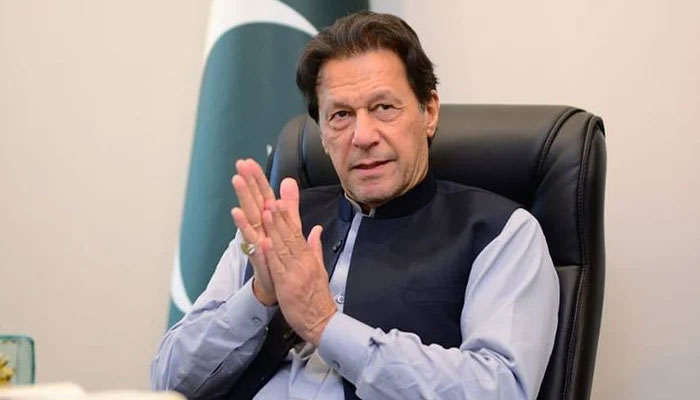
Tourism Promotion:
Imran Khan urged tourists to visit Pakistan. He promoted eco-tourism in the beautiful, safe provinces of Khyber Pakhtunkhwa and Gilgit-Baltistan.
Infrastructure Projects:
His government started and finished many road and highway projects. It also launched the Peshawar Bus Rapid Transit. It reformed transport in cities and towns to ease issues.
7. Hindrances and Impeachment
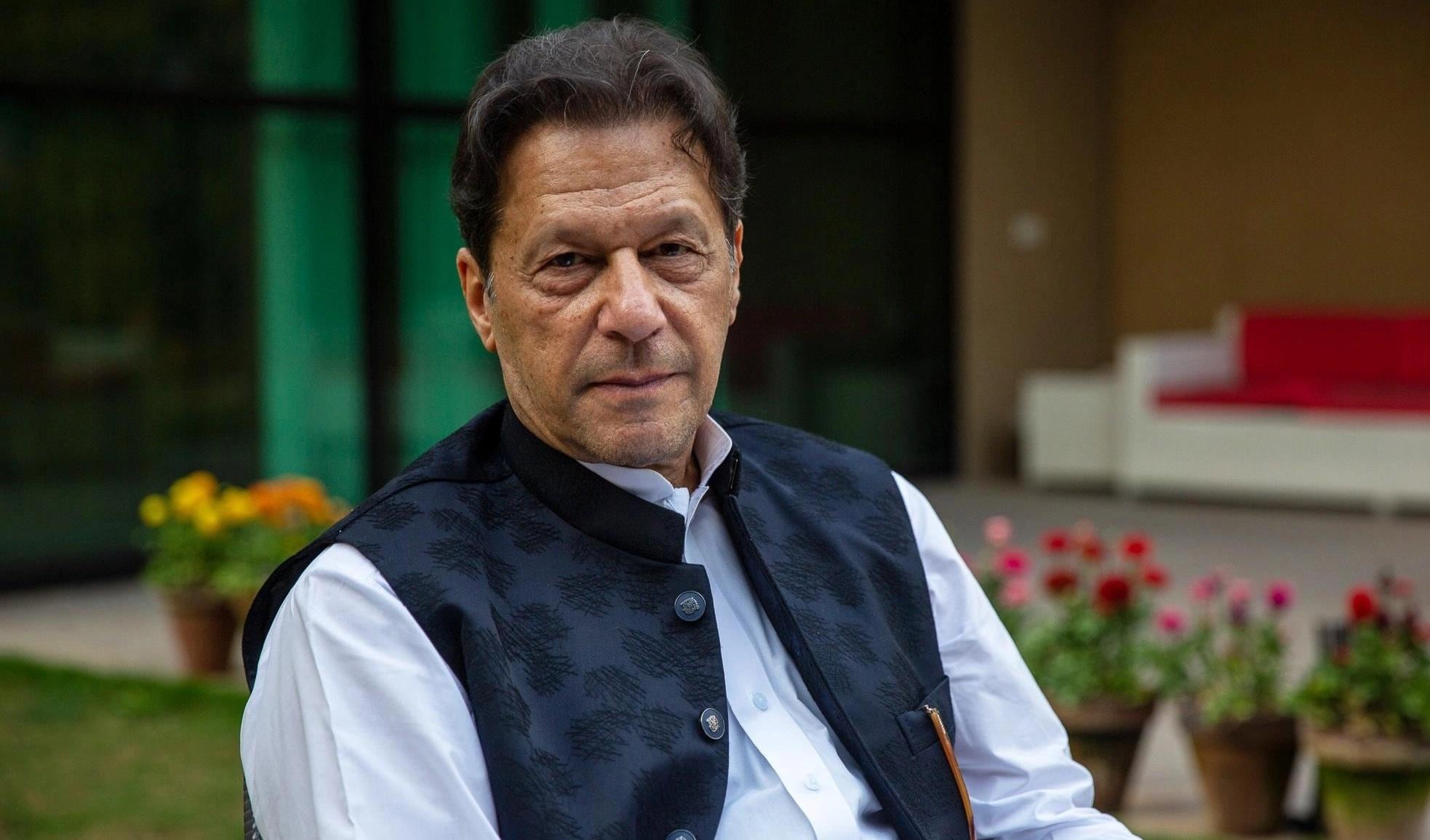
Many problems worsened the situation. Khan was not to blame. These included political parties’ unauthorized strikes, economic fluctuations, and mixed feelings in the military about Khan’s actions.
His term expires in April 2022, after a no-confidence vote by Parliament. He is the first prime minister in Pakistan to lose such a vote. He may have many accomplishments to be remembered for. But, his administration faced problems, like rising inflation and alleged government intrusion.
8. Legacy and Impact
Imran Khan has made various changes during his time in office. They have deeply affected the country’s social, economic, and political systems. His charity work, through the ‘Shaukat Khanum Memorial Cancer Hospital and Research Centre,’ will be his legacy. So too will be his cricket, and his social and environmental causes.
His exit from power does not erase his relevance. Today, Khan is an influential figure in Pakistan. Many Pakistanis admire him and support his vision of a modern South Asian country.
Imran Khan, the ‘cricketing’ hero, is a mix of sportsmanship, charity, and politics. He dreams of a changed Pakistan.


